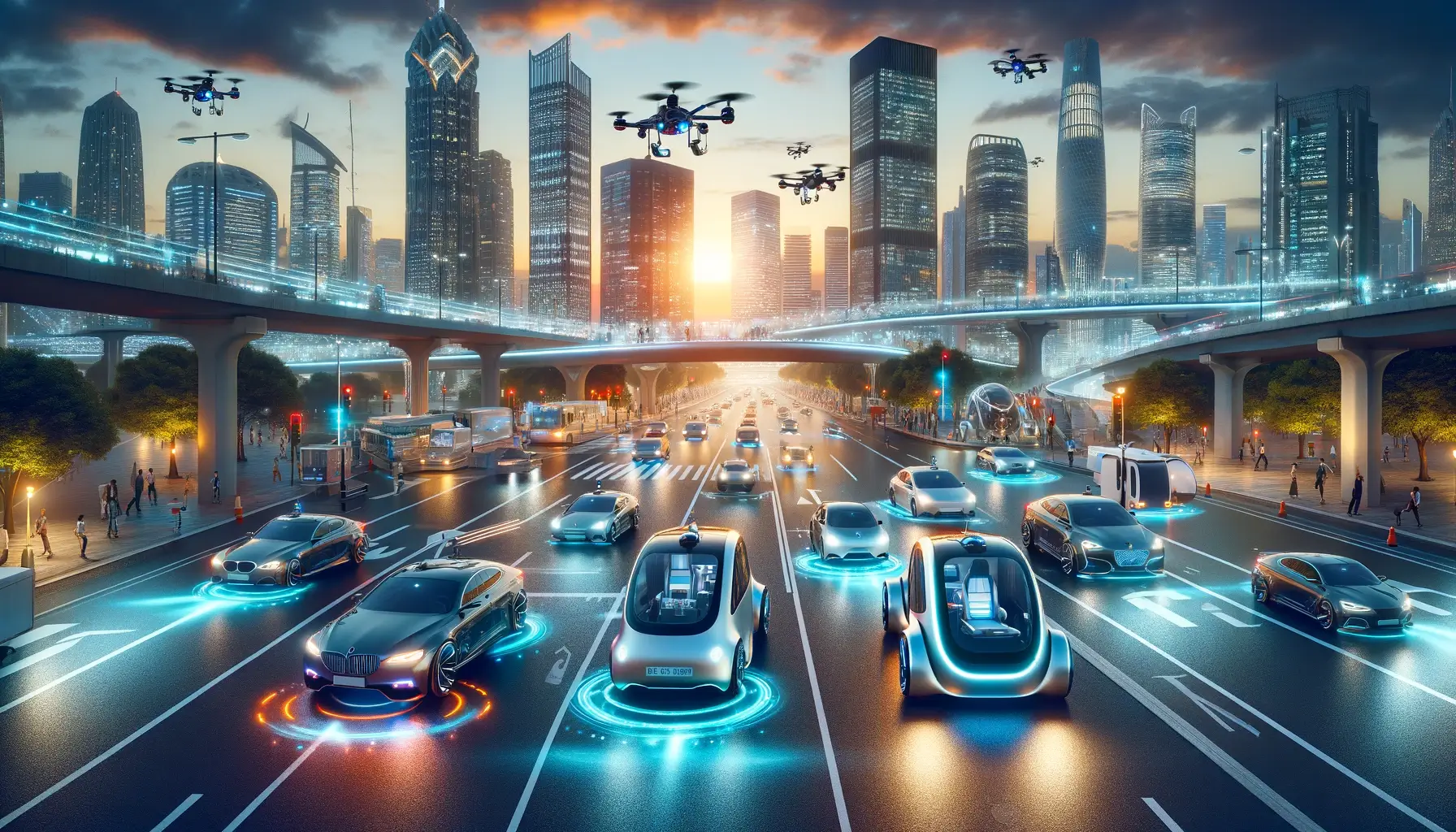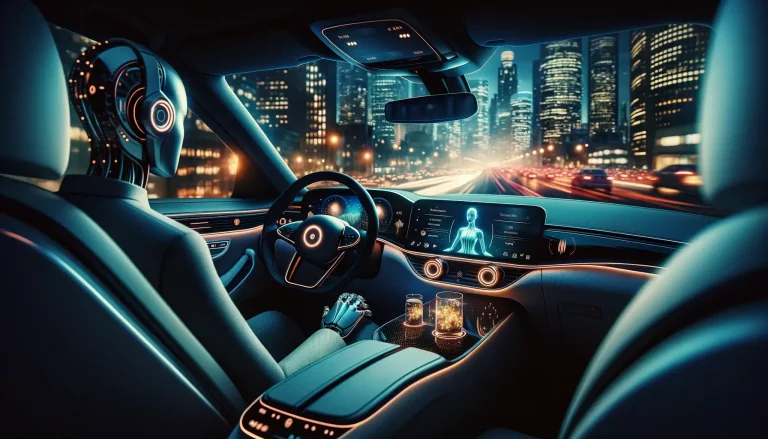Imagine a world where your car drives you to work while you sit back and sip your morning coffee, read the news, or catch up on emails. This future is not as far off as it might seem. Autonomous vehicles (AVs), also known as self-driving cars, are rapidly advancing, promising to transform our lives and reshape our cities. But what exactly are autonomous vehicles, and how do they work? More importantly, how will they impact our future? Buckle up; we’re about to take a journey into the future of transportation.
Understanding Autonomous Vehicles
At their core, autonomous vehicles are vehicles equipped with advanced sensors, cameras, and artificial intelligence (AI) systems that enable them to navigate and operate without human intervention. These systems work together to perceive the environment, make decisions, and control the vehicle’s movements, aiming to improve safety, efficiency, and convenience.
The Technology Behind the Wheel
The magic of AVs lies in their technology stack, which includes:
- Sensors and Cameras: These act as the eyes of the vehicle, gathering data about the vehicle’s surroundings.
- Radar and Lidar: Radar uses radio waves, while Lidar uses light pulses to measure distances and detect objects around the vehicle, even in challenging conditions.
- Artificial Intelligence and Machine Learning: AI processes the data collected by sensors to make real-time decisions, learning from experiences to improve over time.
Levels of Autonomy
Autonomous vehicles are classified into levels 0 to 5, based on their degree of autonomy:
- Level 0: No automation. The human driver controls everything.
- Level 1 to 2: Partial automation. The car can control some functions, like steering or acceleration, but the human driver is still in charge.
- Level 3 to 4: Conditional to high automation. The car can handle most driving tasks, but human intervention may be required in some situations.
- Level 5: Full automation. The car is capable of performing all driving functions under all conditions.
The Road Ahead: Benefits and Challenges
The shift towards autonomous vehicles brings a host of potential benefits:
- Increased Safety: By reducing human error, which is the leading cause of road accidents, AVs promise a significant decrease in traffic-related fatalities.
- Enhanced Mobility: AVs can provide independence for those unable to drive, such as the elderly or disabled.
- Efficiency and Reduced Traffic: AVs can optimize driving patterns and reduce congestion, leading to smoother traffic flow and lower emissions.
However, navigating this future isn’t without its challenges:
- Technical Limitations: Despite advances, AV technology still struggles with unpredictable scenarios and harsh weather conditions.
- Regulatory and Legal Issues: Establishing a legal framework for AV operation and liability in accidents remains a work in progress.
- Ethical and Privacy Concerns: Decisions made by AI in critical situations and the handling of data collected by AVs raise ethical and privacy issues.
What Does the Future Hold?
As we edge closer to a world filled with autonomous vehicles, the societal impacts are vast and varied. Urban design, public transportation, and even the concept of car ownership are likely to undergo significant transformations. While the full adoption of Level 5 AVs may still be some years away, the journey towards that future is already underway.
Steering Towards a New Horizon
The advent of autonomous vehicles represents a major leap forward in our quest for smarter, safer, and more sustainable transportation. While there are hurdles to overcome, the potential benefits make this journey an exciting one. As technology continues to evolve, so too will our ability to navigate the complexities of this transition. One thing is certain: the future of transportation is autonomous, and understanding these vehicles is key to navigating the road ahead.
FAQs
Q: Are autonomous vehicles safe?
A: While no technology is without risk, AVs have the potential to significantly reduce accidents caused by human error. Ongoing improvements and rigorous testing aim to ensure their safety.
Q: When will autonomous vehicles become mainstream?
A: It’s difficult to pinpoint an exact timeline, but many experts predict that we could see widespread use of Level 4 and Level 5 autonomous vehicles within the next decade.
Q: How will autonomous vehicles impact employment in the driving sector?
A: While AVs may lead to changes in the driving profession, they also open up new opportunities in technology, maintenance, and fleet management sectors.
The road to autonomous vehicles is paved with innovation, challenges, and the promise of a transformed world. As we navigate this path, staying informed and engaged with the developments in this field will help us adapt to and shape the future of transportation.


